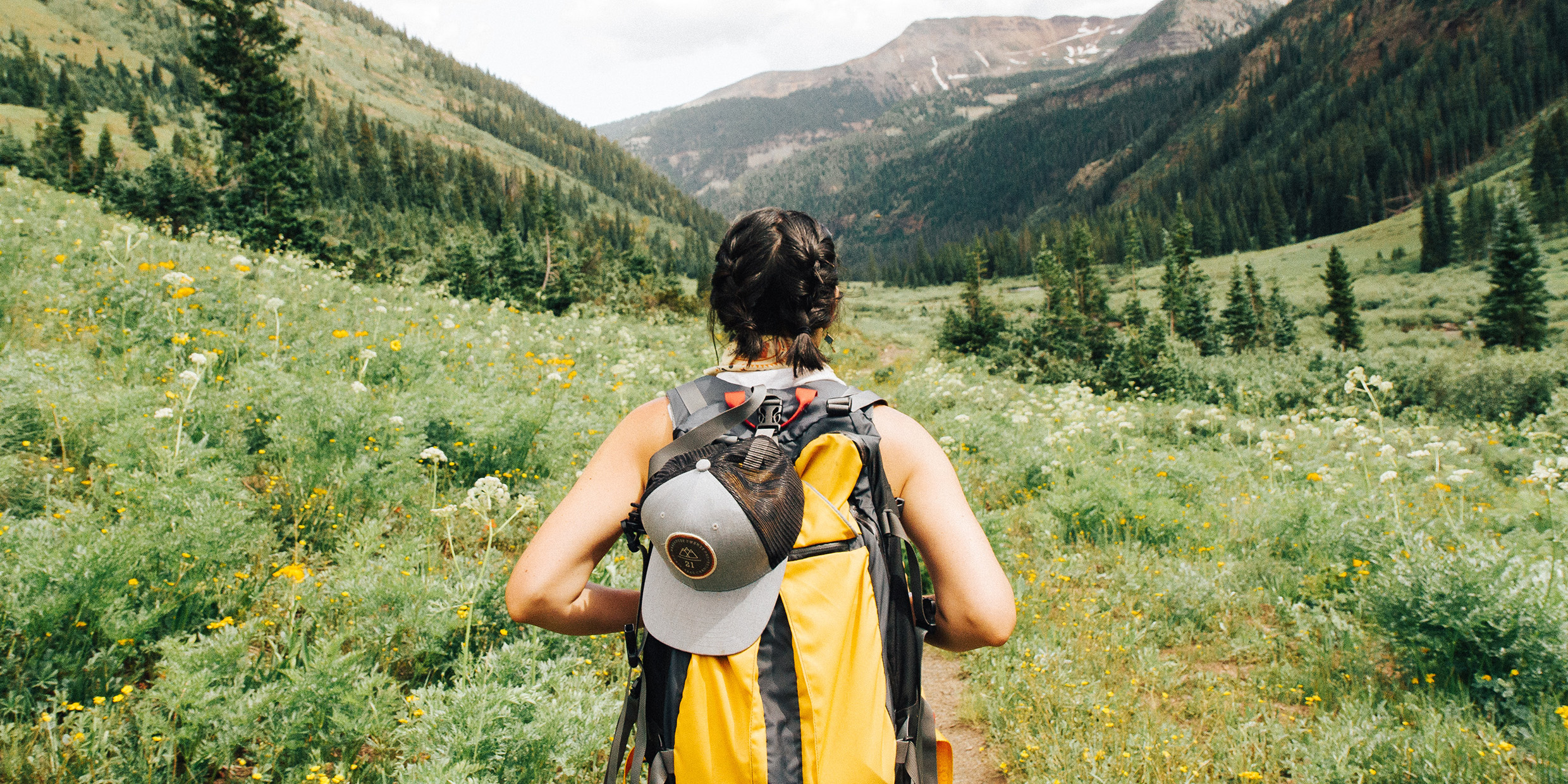Originally published 27 May 1991
Back in the early ’70s I had a student named Kathleen B. who went to live in the woods. She moved out of the college dormitory and set up a tent in a forested part of the campus, in a clearing under white pines. Alone.
Her tent was like a Zen pavilion. A sleeping mat. A few pillows for seating. Her small collection of favorite books. Candles. Flowers gathered from the fields. She lived there for several months. The college authorities were not happy with her living arrangements, but it was that sort of time and Kathleen was that sort of woman.
I remember being impressed by her independence. Of course, I would not have been nearly so impressed if Kathleen had been a man. There were ample precedents for men going into nature to live deliberately, but women…
Oh yes, there was one precedent for a woman living alone in the woods. Back in the late ’30s and early ’40s, a woman named Sally Carrighar went to live by herself in a cabin in the High Sierra. She recounted her experiences in a book, One Day at Beetle Rock, a classic of nature writing. I discovered Carrighar’s book at about the time Kathleen B. went to live in the woods. Perhaps it was Kathleen who put me on to it.
I don’t know what happened to Kathleen after graduation. I heard she hiked the Appalachian Trail. No matter; her little act of deliberate living was part of a revolution on the part of women claiming their right to wilderness and solitude.
The early pioneers
Ann Zwinger (Beyond the Aspen Grove, 1970) and Annie Dillard (Pilgrim at Tinker Creek, 1974) were part of that revolution. All across America, young women replaced crinolines with rugged jeans, high heels with hiking boots, and headed into the woods. In the graduate schools they demanded and won the right to pursue careers that would require them to enter the wilderness alone — in ecology, biology, geology, and wilderness management. And they began to write, with verve and distinction, about the wilderness experience. They were the first generation of women naturalists to speak to us in independent, self-confident voices, but they were not the first women to engage the wilderness.
Marcia Myers Bonta’s Women in the Field: America’s Pioneering Women Naturalists (1991) opens our eyes to the lives and work of women who studied natural history in the field at a time when it was deemed inappropriate that they should do so. Most of these women slipped into botany, entomology, ornithology, or ecology by way of the kitchen garden, the artist’s brush, or the writer’s pen; in other words, along paths supposedly suited to their gender. But once in the field they thrived on the wilderness experience, and made important contributions to the arts and sciences of nature, often anonymously, as their male mentors garnered public recognition.
In Women and Wilderness (1980), Anne LaBastille, herself a versatile and able naturalist, profiles women who confronted the wilderness in the American West. Many of these were homesteaders, Gold rush women, and frontier army wives who went into the wild because they followed their men. Others were teachers and missionaries who went West out of a sense of duty or vocation. A few were fiercely independent adventurers.
These frontier women worked as hard as men, suffered as profoundly, and proved themselves as able, but they were denied recognition for their achievement. An 1875 Wisconsin Supreme Court ruling stated: “The Law of Nature destines and qualifies the female sex for the bearing and nurturing of the children of our race and for the custody of the homes…all life-long callings of women inconsistent with the radical and sacred duties of their sex are — when voluntary — treason against it.”
The key word here is “voluntary.” Frontier women could be admired for surmounting necessary challenges, but the idea that they might go into the wilderness voluntarily was unthinkable. Even as late as the 1960s Anne LaBastille was warned by male professors that if she tried to make a career of field ecology she would end up a neurotic old maid.
A place for spiritual renewal
The turning point, says LaBastille, was the 1970s, and in Women and Wilderness she serves up brief biographies of women of the past two decades who insisted upon taking the wilderness experience as their right. It is interesting to compare the photographs of contemporary jeans-clad naturalists in LaBastille’s book with those of Bonta’s pioneers, tramping about deserts, jungles, and mountains in layers and layers of skirts.
Female naturalists have changed more than their dress. Free at last to address us in their own voices, they are also changing the way we perceive the wilderness experience. Wilderness as male endurance test is giving way to wilderness as a place for human spiritual renewal. When in 1972 Kathleen B. set up her Zen-like pavilion in the back woods of our college campus she was part of something much bigger than herself.



